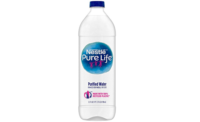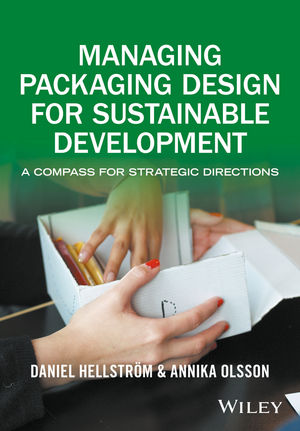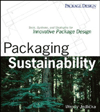PrintCYC Provides Input for Design for Recycling Guidelines

Printing inks have a major impact on the recyclability of plastic films, the recycling process, the quality of regranulates as well as their processability. The PrintCYC initiative started two years ago to investigate this impact more closely and drive circular economy. Today, the initiative is once again providing insights into its research work: Currently focusing on the impact of pigments on the recycling process, PrintCYC has found that standard pigments for flexo- and rotogravure printing show excellent compatibility with recycling and enable recyclates comparable to virgin film. This opens a wide range of reuse possibilities in different film and packaging applications.
The PrintCYC consortium was established in 2019 to support the transformation of printed polyolefine-based packaging films towards a circular economy by evidence-based industrial trials. Key stakeholders are leading machine manufacturers such as Brückner Maschinenbau, Erema, Kiefel and PackSYS Global, the printing ink manufacturer hubergroup Print Solutions and Profol, one of the market leaders for PP cast films. The initiative is coordinated by Dr. Annett Kaeding-Koppers, an independent packaging expert and sustainability consultant. PrintCYC is connected to converters and in continuous dialogue with brand owners, recyclers and platforms such as Ceflex and Forum Rezyklat to discuss and share results.
In the starting phase of the project, PrintCYC produced PP and PE film and packaging samples containing more than 50 % of recyclate from post industrial sources. Focusing on the recyclability of the binders NC (nitrocellulose), PU (polyurethane) and PVB (polyvinylbutyral), the initiative identified the binder PU as most temperature resistant and, thus, as best recycling-ready solution for mechanical recycling without de-inking.
The Influence of Pigments on Recyclability
At the beginning of this year, PrintCYC started into the next project phase, investigating the impact of pigments on the recyclability of printed packaging films. Inorganic pigments are mostly temperature stable and therefore supposed to be recyclable without degradation. However, organic azo-pigments like most standard red and yellow pigments are more temperature sensitive and might re-split into critical components.
Both pigment types showed recyclability, leading to odor- and defect-free, color-stable PP recyclates. The material properties of the colored recyclates were analyzed technically and analytically.
After the first recycling loop, PrintCYC found no significant impact on material properties compared to virgin reference. Based on a specific migration screening test, the Swiss quality testing laboratory SQTS evaluated the PP recyclates according to the limits of the Commission Regulation (EU) No 10/2011 and Swiss Ordinance 823.023.21 on materials and articles in contact with food. The results open a wide range of reuse in different film and packaging applications.
For more information, visit www.hubergroup.com.
Looking for a reprint of this article?
From high-res PDFs to custom plaques, order your copy today!







